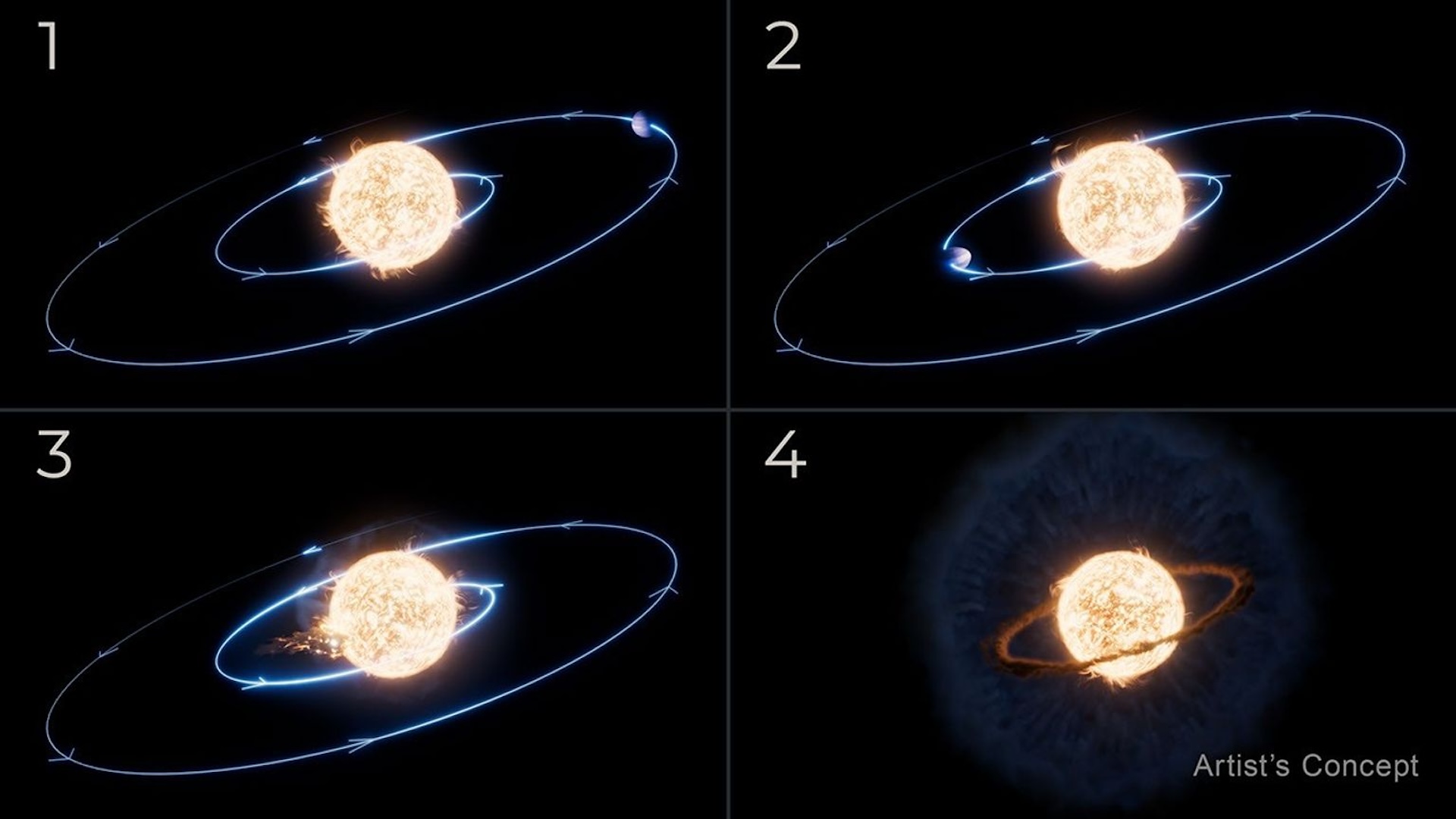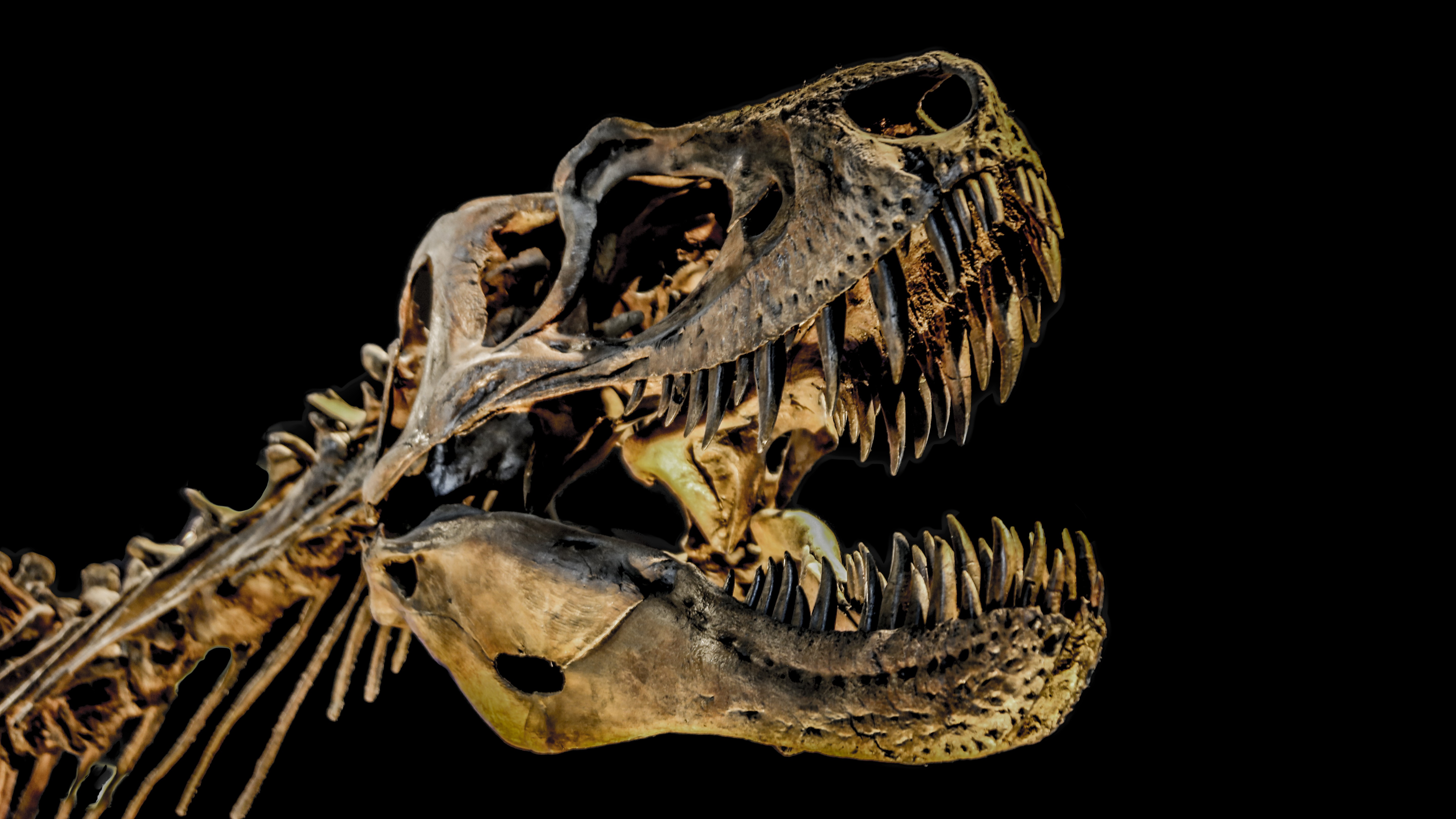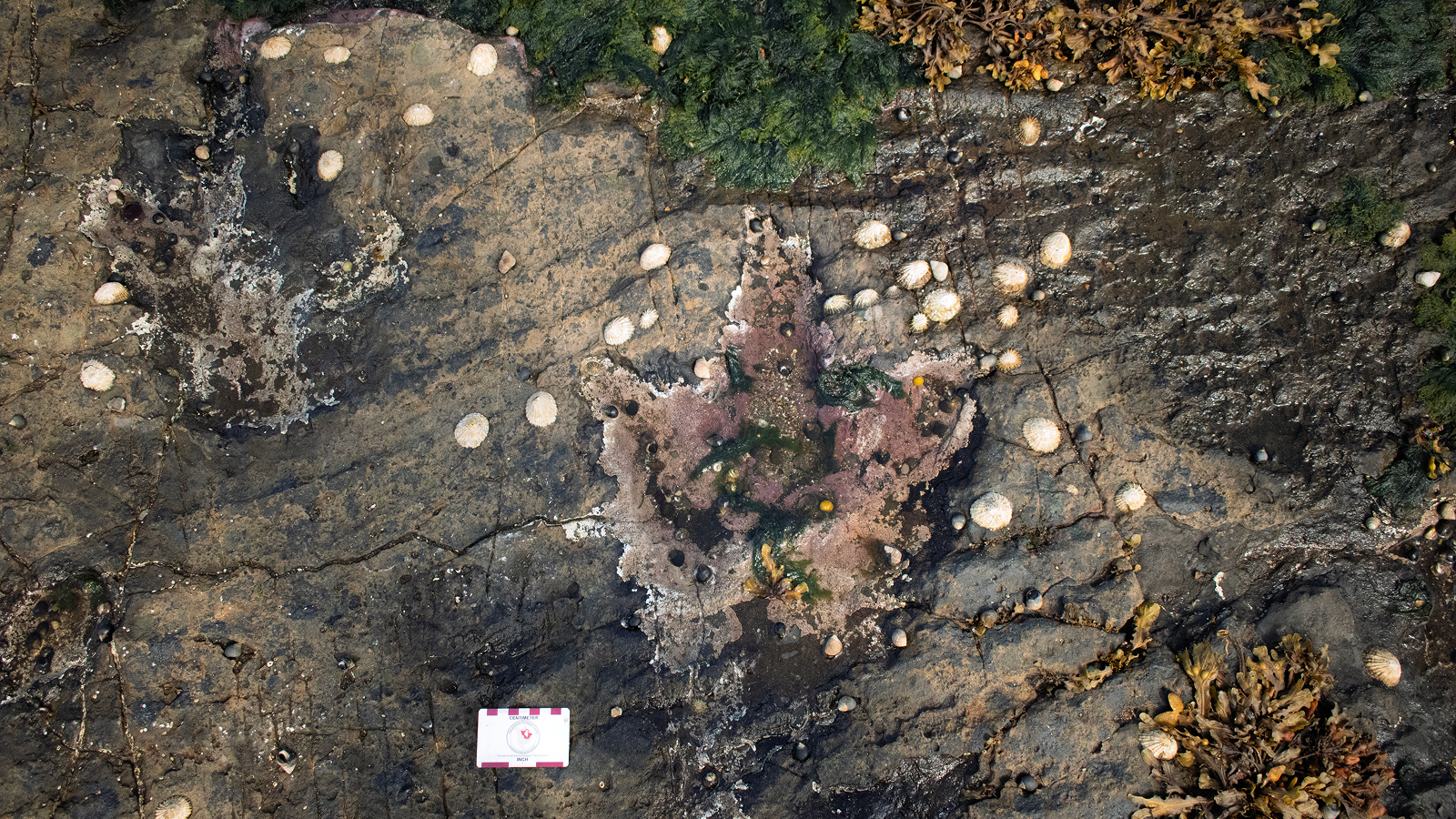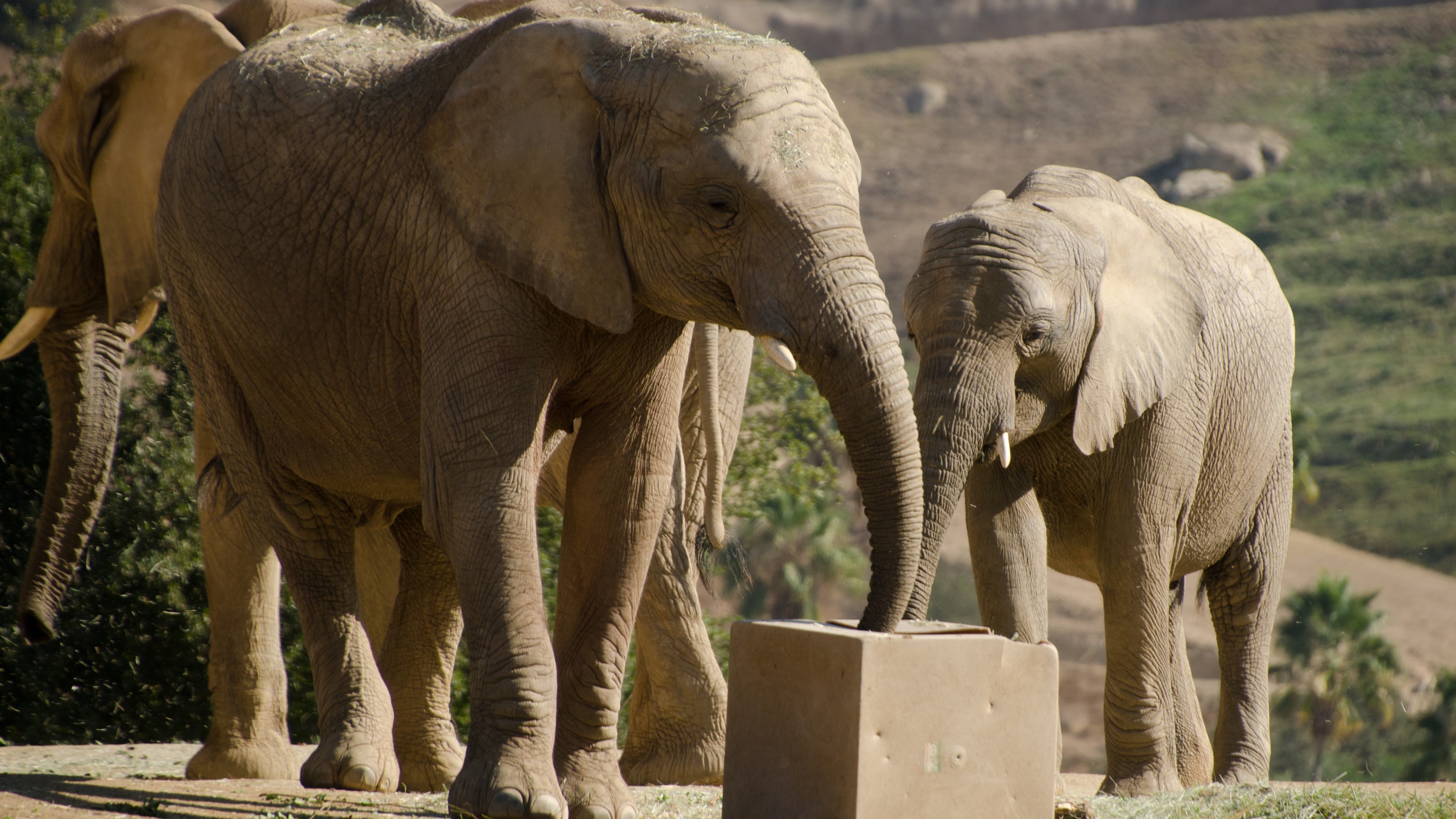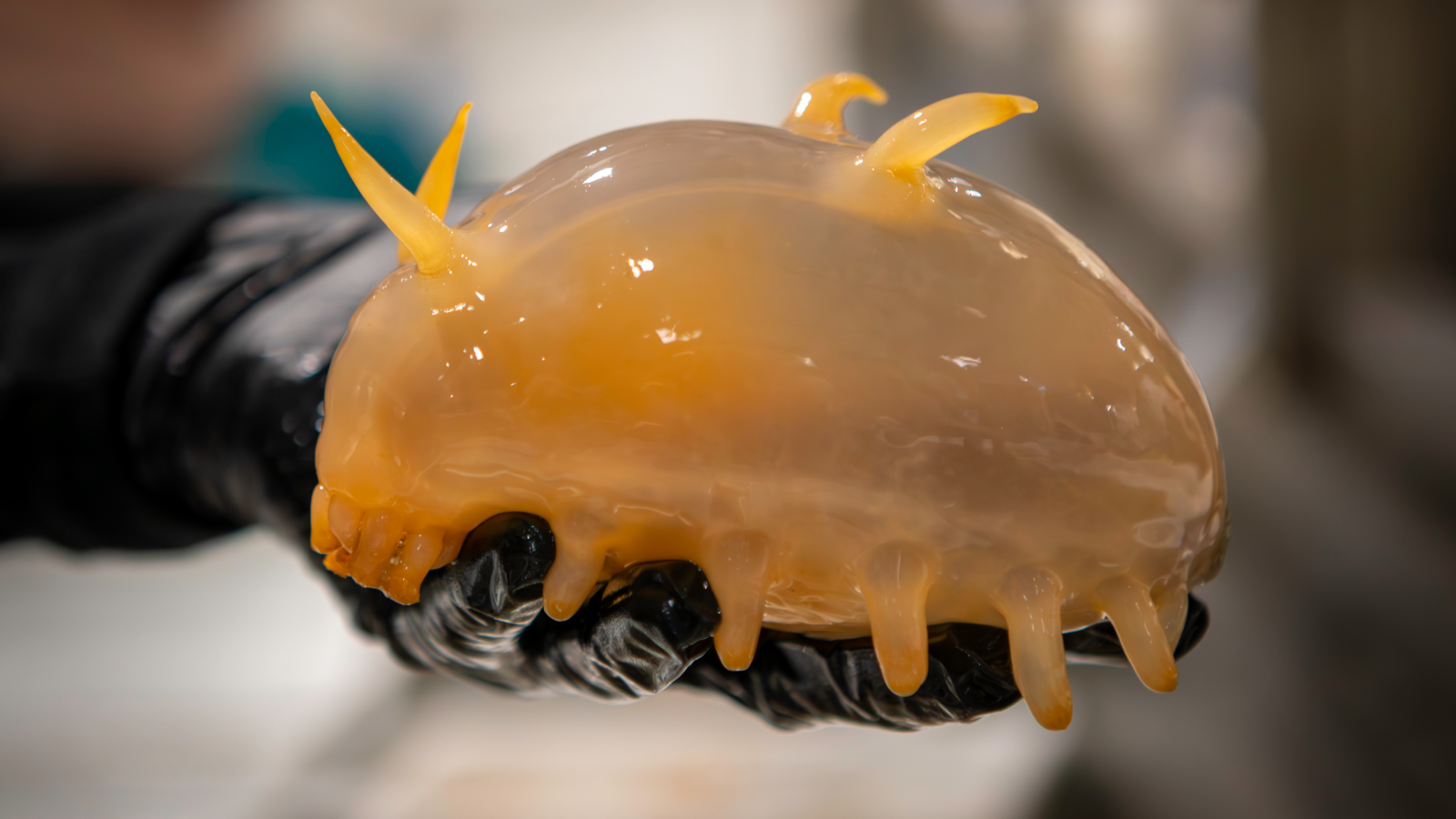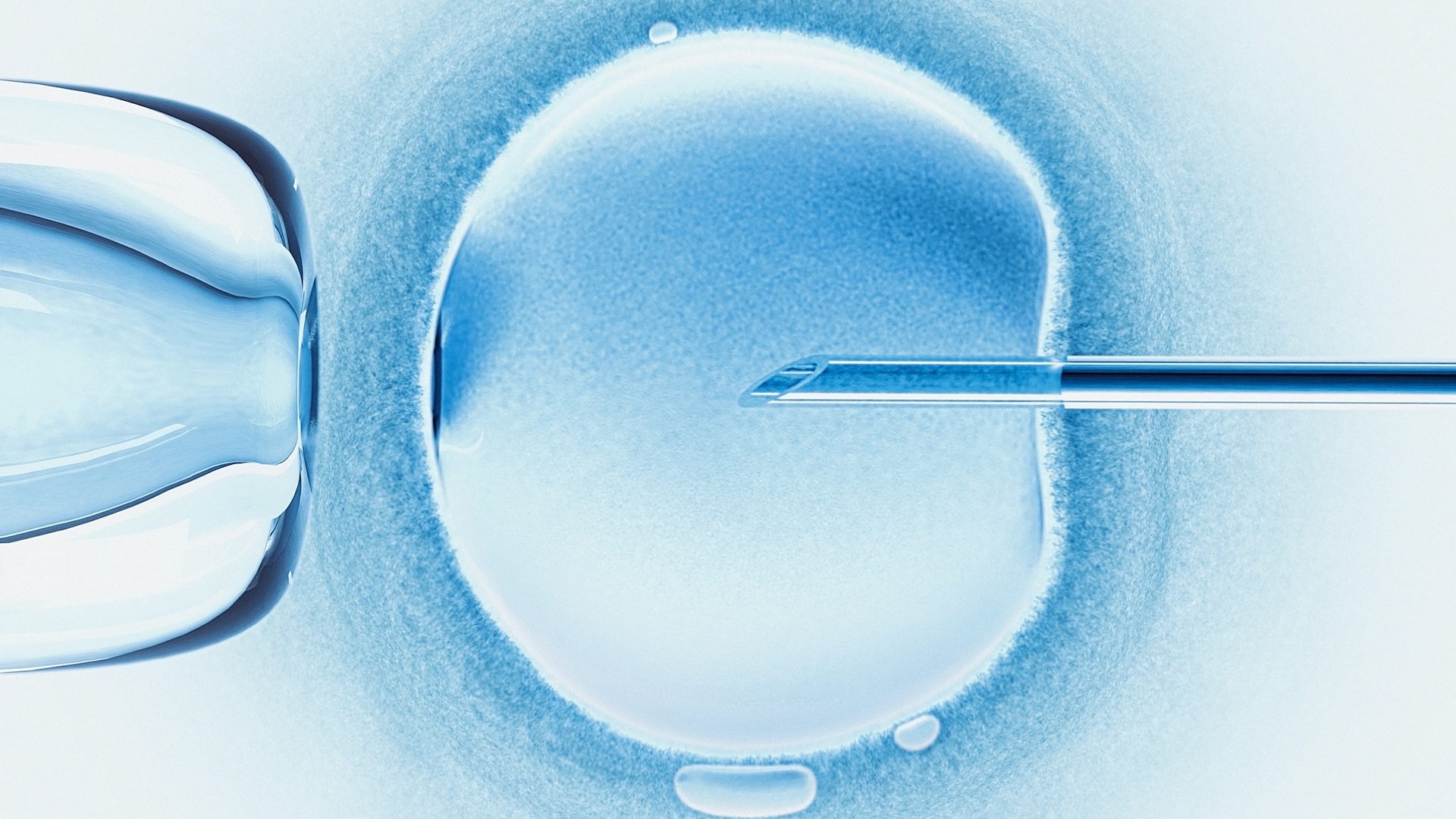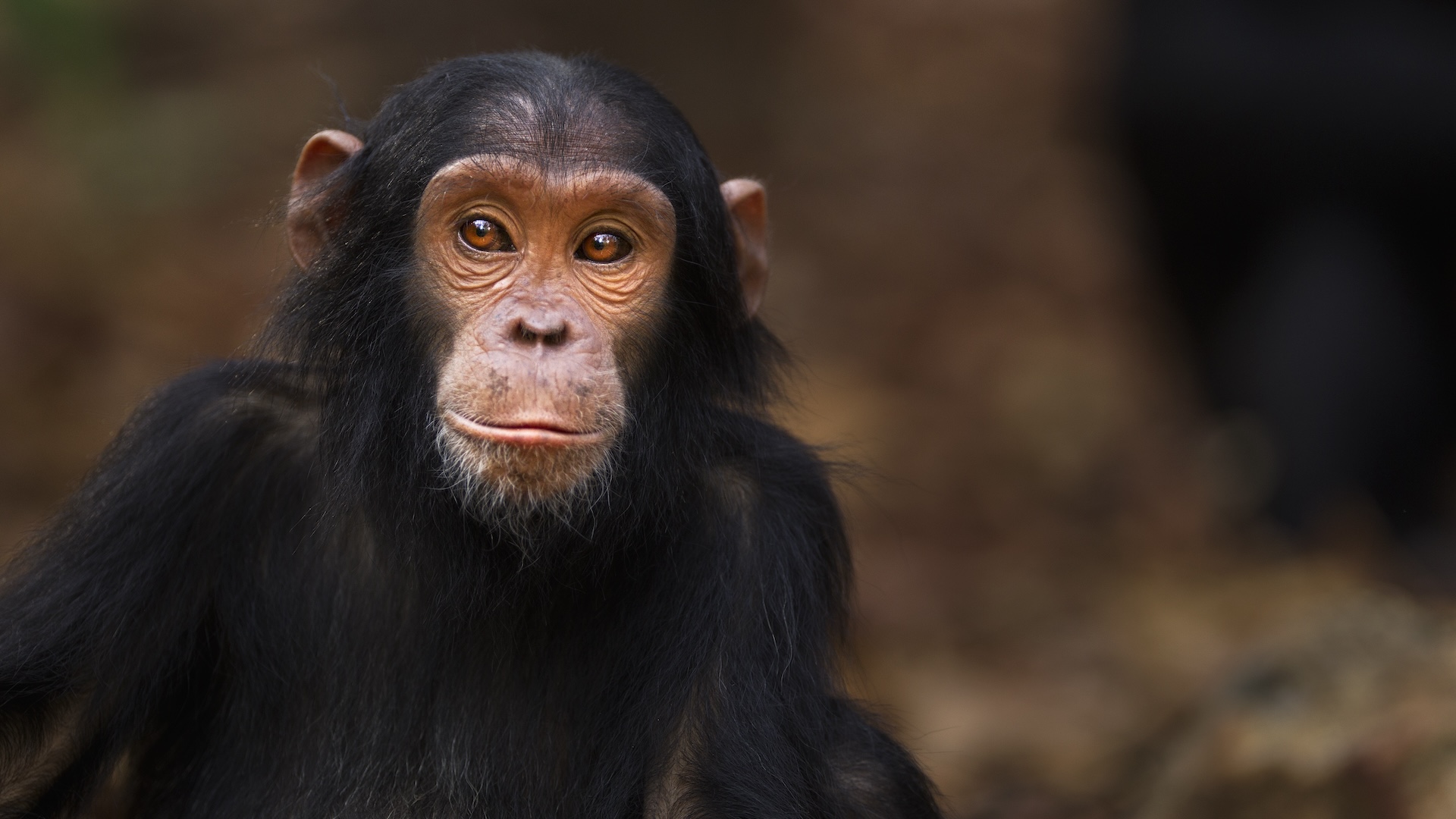Salps: The world's fastest-growing animals that look like buckets of snot
In just 48 hours, salps can reach maturity, making them the fastest-growing multicellular animals on Earth, with a significant impact on ocean health.
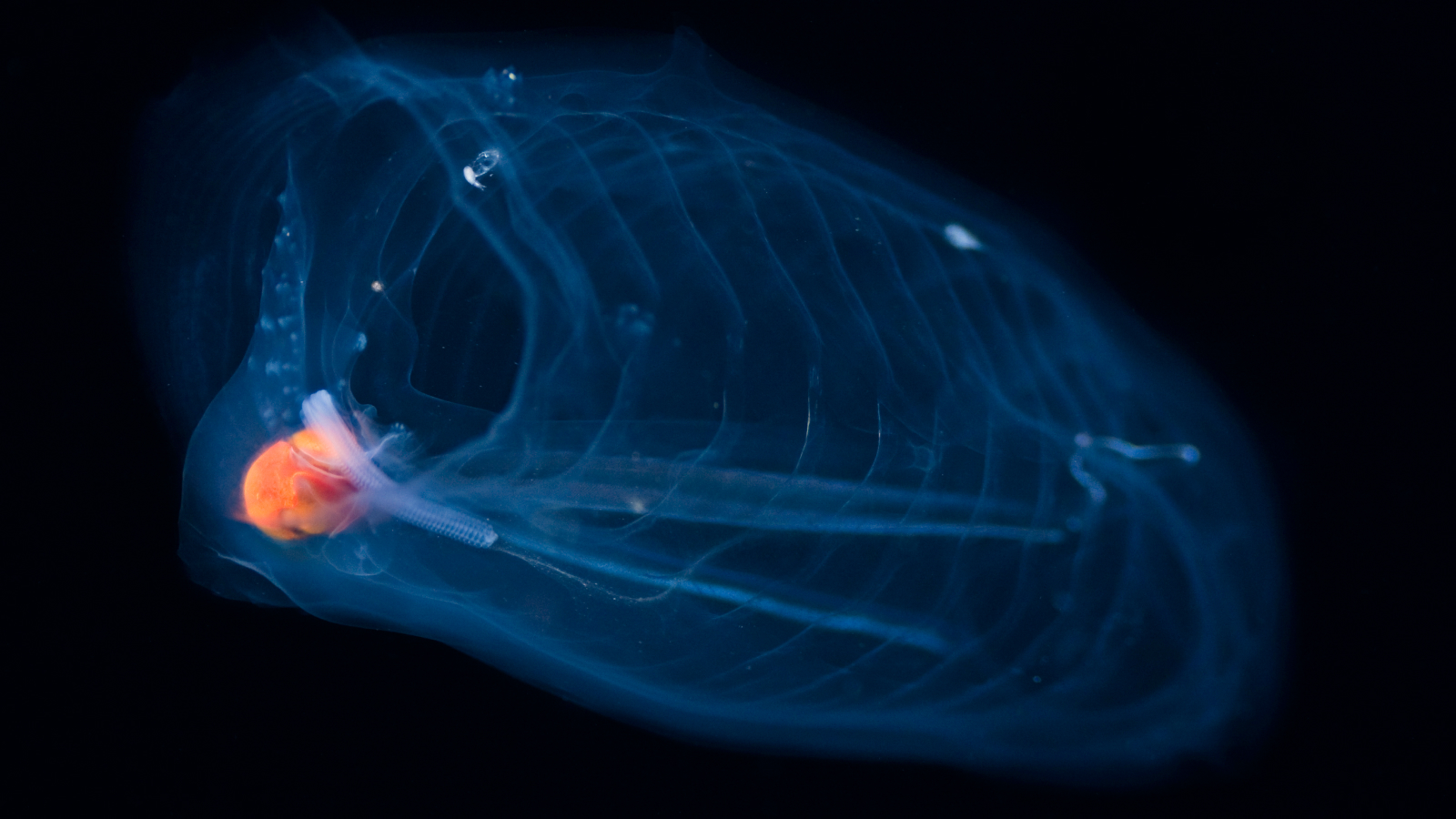
Name: Salps (Salpa fusiformis)
Where it lives: Widespread throughout the Pacific and Atlantic oceans.
What it eats: Phytoplankton and anything else small enough to get caught in their feeding net
Why it's awesome: Often described as "jelly balls" or "buckets of snot," these marine organisms are transparent and have a gelatinous texture.
There are more than 70 species of salps worldwide, with Salpa fusiformis being the most common. Salps can be found from the ocean surface down to around 2,600 feet (800 meters) deep. They are barrel shaped, ranging from 0.08 inches (0.2 centimeters) at birth to about 4 inches (10 cm) in adulthood. They can join together in long chains that drift in the sea, following the tides.
Related: Barreleye fish — The deep-sea weirdo with rotating eyes and a see-through head
Salps can also propel themselves via jet propulsion. They pump seawater through their bodies with bands of muscles that surround their bodies. As the water is pushed through their bodies and out of their rear, food is collected and they are propelled forwards. Because of this, they are members of a group known as "sea squirts."
Sign up for the Live Science daily newsletter now
Get the world’s most fascinating discoveries delivered straight to your inbox.

Unlike jellyfish, salps do not have stinging cells. Their main food is phytoplankton, but they filter everything they can catch in their feeding web, which are internal nets of sticky mucus.
Because they filter large volumes of water, they play a crucial role in fighting climate change (CO2), with a swarm of salps spread over 38,000 square miles (100,000 square kilometers) able to capture up to 4,000 tons of CO2 in a single night.
Adult salps undergo two distinct phases: an asexual oozoid phase and a sexual blastozooid phase. When the asexual oozoid is ready to reproduce, it generates long chains of salps, each a clone of itself. These salps then develop into sexually reproducing blastozooids. Initially, the entire chain consists of females, each producing eggs that are fertilized by nearby male blastozooids. The eggs develop internally, and the salps give birth to live young, which swim off to mature into asexual oozoid adults. Eventually, the entire chain transitions to males, releasing sperm to fertilize the eggs of neighboring female blastozooids.
These weird little balls of jelly have incredibly fast life cycles, reaching maturity in just 48 hours. They are believed to be the fastest-growing multicellular animal on Earth, increasing their body length by up to 10% per hour.

María de los Ángeles Orfila is a science journalist from Montevideo, Uruguay, known for her long-form writing featured in El País and El Observador. She also participated in the Sharon Dunwoody Mentoring Program 2023 offered by The Open Notebook and has bylines in Science, Scientific American, and Discover Magazine, among other outlets.
